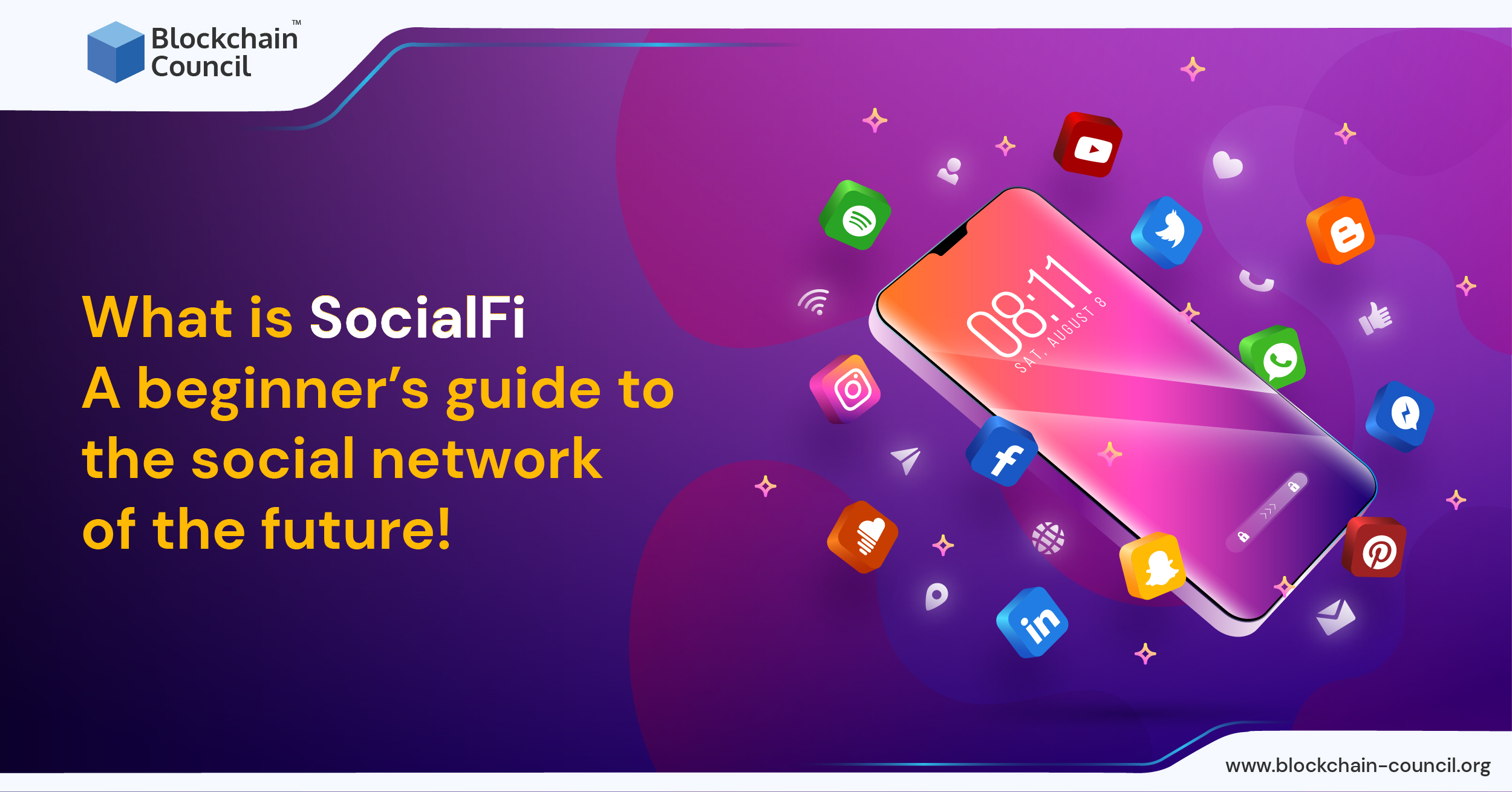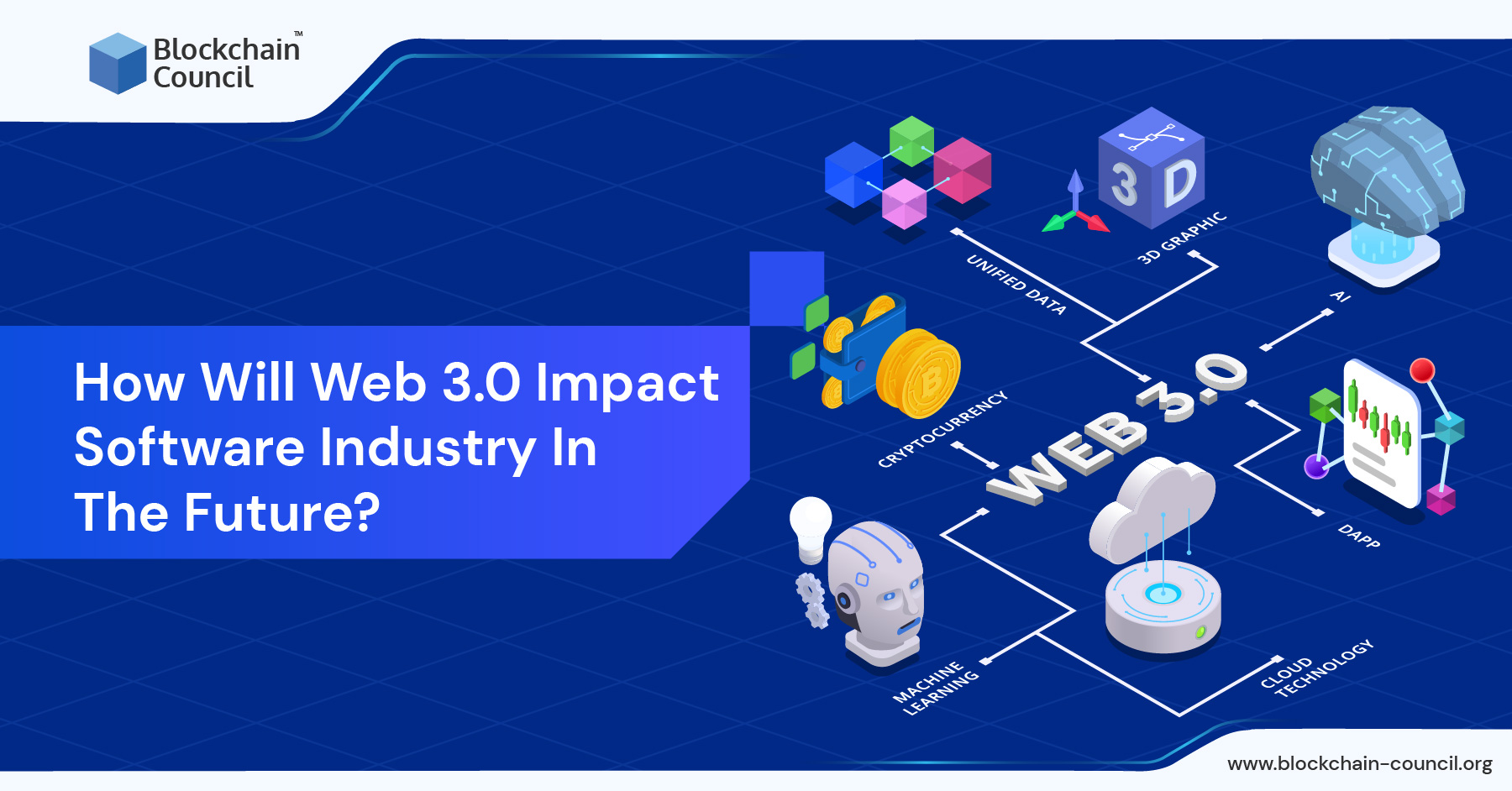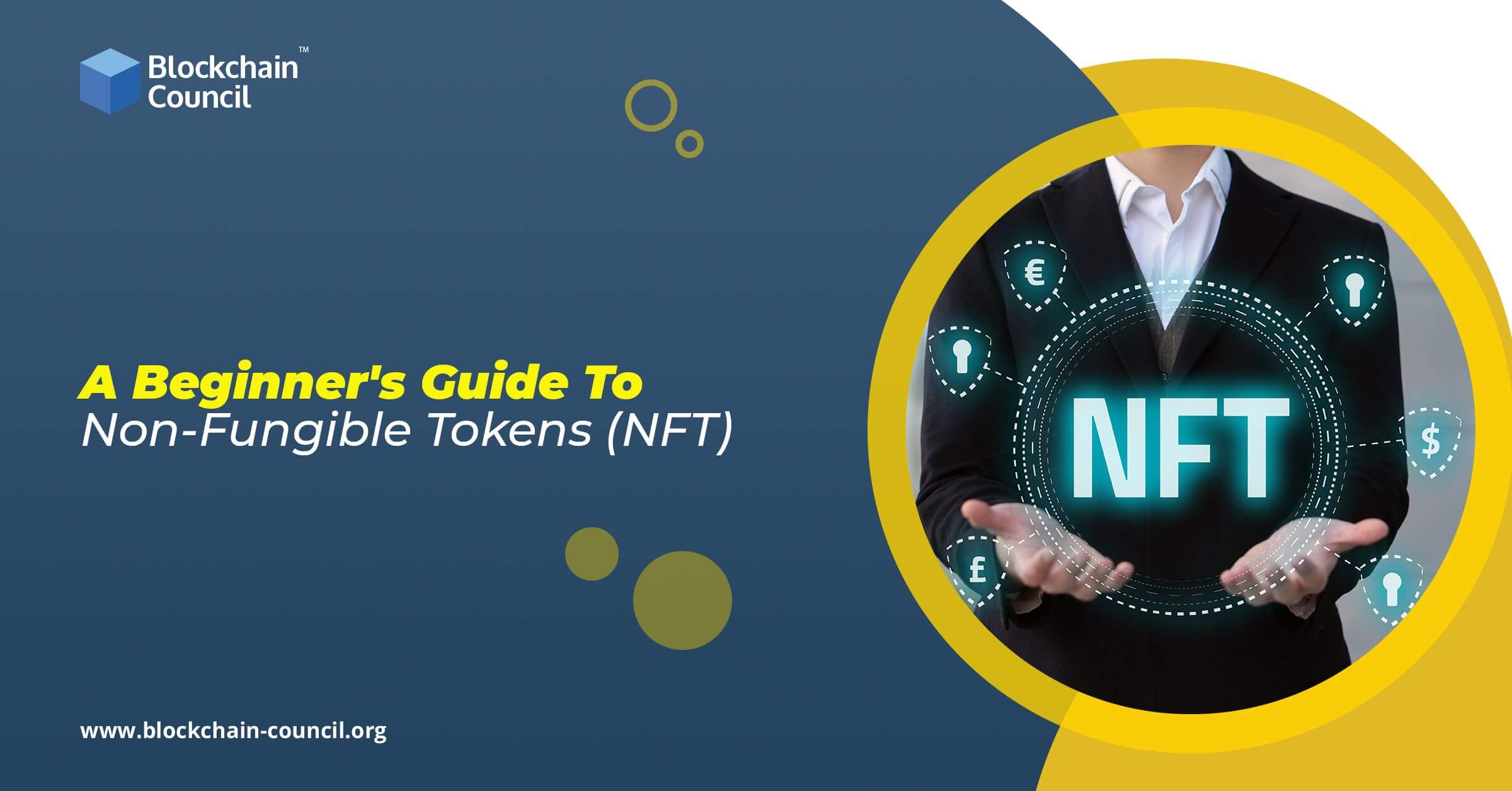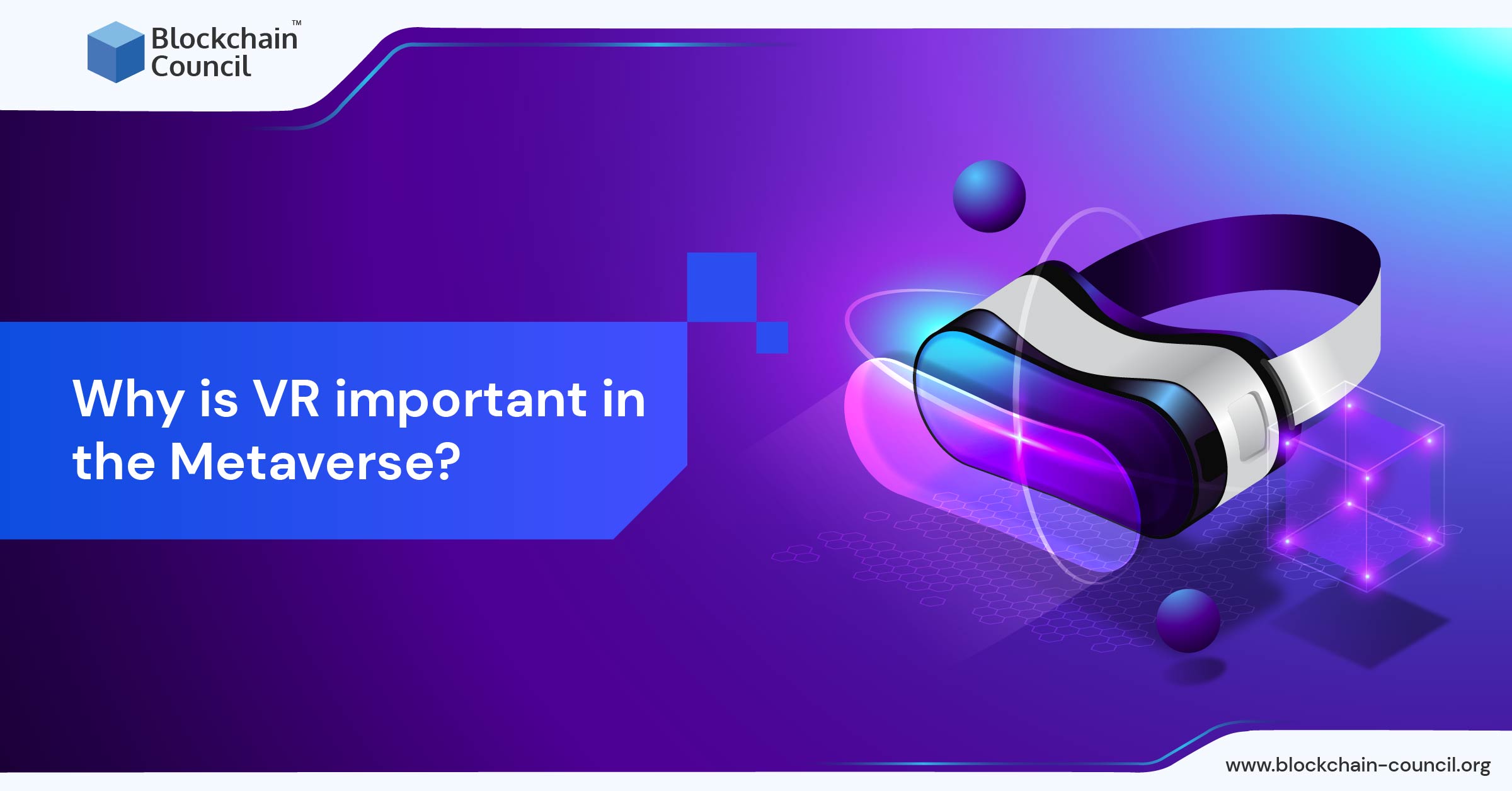
- Blockchain Council
- October 26, 2022
From a time unknown, technology has forged the bridge to development and progress for humankind. A vital contribution to that development and improvement comes directly from social media, which in modern times has become the reflection of society. Another piece of the puzzle lies in Web3 technology, which is a part of its mother technology, Blockchain. To answer all issues associated with digital socialization, here’s SocialFi, Web3’s solution for accelerated social networking!
Introduction
From a rudimentary point-of-view, SocialFi is the amalgamation of Web3 and Social Media. The idea combines social media and decentralized finance (DeFi) concepts to create, control, and own user-generated content on platforms. Influencers, content producers, and participants that want to govern their data can do so in the SocialFi universe. They may also more effectively monetize their user engagement and follow. But before diving deep into this new concept of Web3 socialization, let’s first discuss the reason behind this aggregated rush toward decentralization.
Wanna learn more about Web3 development and technology? Check out Blockchain Council’s web3 course and enroll today!
Web3 and Decentralization: Two miracles instead of one
To undermine the market dominance of these centralized businesses, Web3 has chosen to replace the centralized server-client architecture with distributed ledgers, of which the blockchain is the most popular type. Data won’t be held on a single central server but distributed throughout a decentralized computer network. Consequently, centralized organizations that formerly acted as mediators will become obsolete. For example, consider how everyone now uses the centralized servers major banking organizations offer to transfer money between banks. Banks function as intermediaries and carry out the transaction. The user must give the participating banks all the required data and depend on them to fulfill the transaction properly. The bank makes money from this service. It’s a Web2 banking site.
Decentralized blockchains, such as the Bitcoin blockchain, can be used in Web3 to conduct easy transactions. This blockchain independently confirms the transaction’s accuracy using mathematics and processing power. Banks are no longer necessary as intermediates, in contrast to Web2. This implies that the user maintains control over their data and that there are no fees to pay because no centralized actor is profiting from the transaction. In other words, Web3 should reclaim users’ ownership and sovereignty over their data. At least, that’s a general idea.
SocialFi: Transcending Barriers
In a nutshell, SocialFi is Web3’s take on a social networking platform. It is, first and foremost, where cryptocurrency monetization takes place. Digital ownership is handled by non-fungible tokens (NFTs), while governance is dealt with by decentralized autonomous organizations (DAOs). Second, it represents the impending departure from the Web2 era, in which centralized, censorship-obsessed decision-makers controlled social media networks.
Now that we’ve covered the fundamentals, let’s examine SocialFi’s features in more detail.
SocialFi: A new beacon of hope
- In contrast to conventional social media, where businesses store all of the data on a single server, SocialFi networks disperse the data around a web of nodes, and everyone who assists in preserving functioning is paid monetarily. As a result of fewer data breaches and eliminating single points of failure, overall security is enhanced. One of the main benefits SocialFi platforms have over conventional social networking is their financial rewards. Publishing and sharing material can directly benefit users and content creators financially. Users are given tremendous incentives to post high-quality material, gaining traction since social influence is tokenized.
- SocialFi platforms will start to gain popularity as the internet advances toward decentralization with Web 3.0 and become crucial tools for preserving freedom of speech and data sovereignty. Uploading data makes it immutable, which means it cannot be altered or deleted. This is one benefit of blockchain architecture. Thanks to this, regular users and content producers can now publish anything they want without worrying about being blocked or filtered.
- To ensure that algorithm changes are monitored, and content producers earn a fair portion of profits, SocialFi platforms have increased transparency and the absence of intermediaries as the standard. While sites powered by SocialFi like Subsocial and Deeper Network let video creators directly monetise their creations through their fan groups, YouTubers have seen their revenue decline over the years due to stricter limitations. While DeFi opportunities, such as lending, yield farming, and more, are also accessible, SocialFi is showcasing the power of alternative finance through NFTs and tokens.
- SocialFi platforms allow users to regain control over their data and choose whether and to whom they want to sell. It is another essential feature of these platforms. These platforms let users pick the kinds of goods and services they wish to view ads for, as well as receive a share of the advertising money.
Hindrances
Even though Web3 is still in its infancy, it has the power to change how we use the internet entirely. This next version of the internet, known as Web3, is undoubtedly what we need and can change digital socialization. But before SocialFi can take off, a few obstacles need to be cleared.
Scalability
If Web3 is to be used by everyone, it must be able to manage massive amounts of data and transactions.
Security
Web3 socialization must be sufficiently secure to safeguard user data and information, even more so than Web2 alternatives.
Interoperability
Web3 socialization must be compatible with a variety of platforms and operating systems. For example, think of multi-domain interoperability, from your iPhone to your VR glasses to your school Smartboards.
Usefulness
Technology doesn’t always have to be complicated. SocialFi must be simple to use, even for regular users.
Sustainability
Long-term sustainability is required for Web3 for it to be socially acceptable.
These are only a handful of the difficulties Web3 must overcome. But if it succeeds, it might fundamentally alter how we use the internet in the future.
Advantages
There is a lot of discussion about Web3 because of how prominent cryptocurrencies and blockchain technologies are becoming. But what are the main advantages of this third web iteration that promises aggregated socialization for tech enthusiasts? Well, they are:
Decentralization
The decentralized nature of Web3 is one of its key benefits. This indicates that there isn’t a single entity in charge of it. This contrasts with the conventional web, which is governed by centralized entities like governments and businesses.
Censorship-resistivity
Web3 has the additional benefit of being censorship-resistant. This implies that online content cannot be censored or controlled by anyone3. This contrasts with the conventional web, frequently censored by organizations and governments.
Privacy-focused
Web3 also has the benefit of being privacy-focused. This implies that consumers have the option of maintaining their anonymity. This contrasts with the conventional web, which is frequently intrusive and gathers much private information.
Interoperable
The interoperability of Web3 is another benefit. This implies that various applications can communicate with one another. This contrasts with the conventional web, which is frequently fragmented and challenging to integrate.
Immutable
The immutability of Web3 is another benefit. This implies that something cannot be modified once published on Web3. In comparison, the conventional web is frequently quite simple to manage.
Functioning of Web3
Developers don’t usually create and deploy Web3 applications limited to a single server or database for data storage (traditionally hosted on and managed by a single cloud provider). Instead, Web3 applications use blockchains, decentralized networks of numerous peer-to-peer nodes (servers), or a combination of the two to establish a crypto-economic protocol. In the Web3 community, these applications are frequently referred to as dApps (decentralized apps). Participants in the network (developers) are motivated and in competition to deliver the best services to everyone who uses the service to create a stable and secure decentralized network.
Develop your dApps from scratch. Check out our blockchain and web3 development courses and enroll today!
You’ll note that bitcoin is frequently discussed when Web3 is brought up. This is due to cryptocurrencies’ significant role in several of these systems. For everyone who wishes to participate in developing, running, contributing to, or enhancing one of the projects, it incentivizes (in the form of crypto coins and tokens). These protocols may frequently provide several services, including computation, storage, bandwidth, identification, hosting, and other online services that cloud providers have historically offered.
Conclusion
SocialFi platforms are yet in their development stage, but several initiatives have a lot of promise. While some industries, such as DeSo, have raised over $200 million, other initiatives have made inroads into the market and have a functioning product on hand. Torum, which stands out from its competitors with more than 200,000 subscribers, is a shining example of a SocialFi project that is successful. Torum is a protocol created specifically for the crypto community that integrates social media with an NFT marketplace, a yield farming hub, and an avatar NFT for fans of the metaverse.
Without question, SocialFi can make the world a better place by guaranteeing that users get compensated for tolerating adverts, content creators receive a fair amount of revenue, and knowledge circulates freely despite the demands of big tech. We may experience a boom for SocialFi and blockchain-based social media in 2022, comparable to the surge we had during the DeFi summer of 2020. The adoption rate might have accelerated due to a recent wave of really creative networks. If successful, many disgruntled people will relish the chance to quit Facebook and Twitter.





































































 Guides
Guides News
News Blockchain
Blockchain Cryptocurrency
& Digital Assets
Cryptocurrency
& Digital Assets Web3
Web3 Metaverse & NFTs
Metaverse & NFTs
